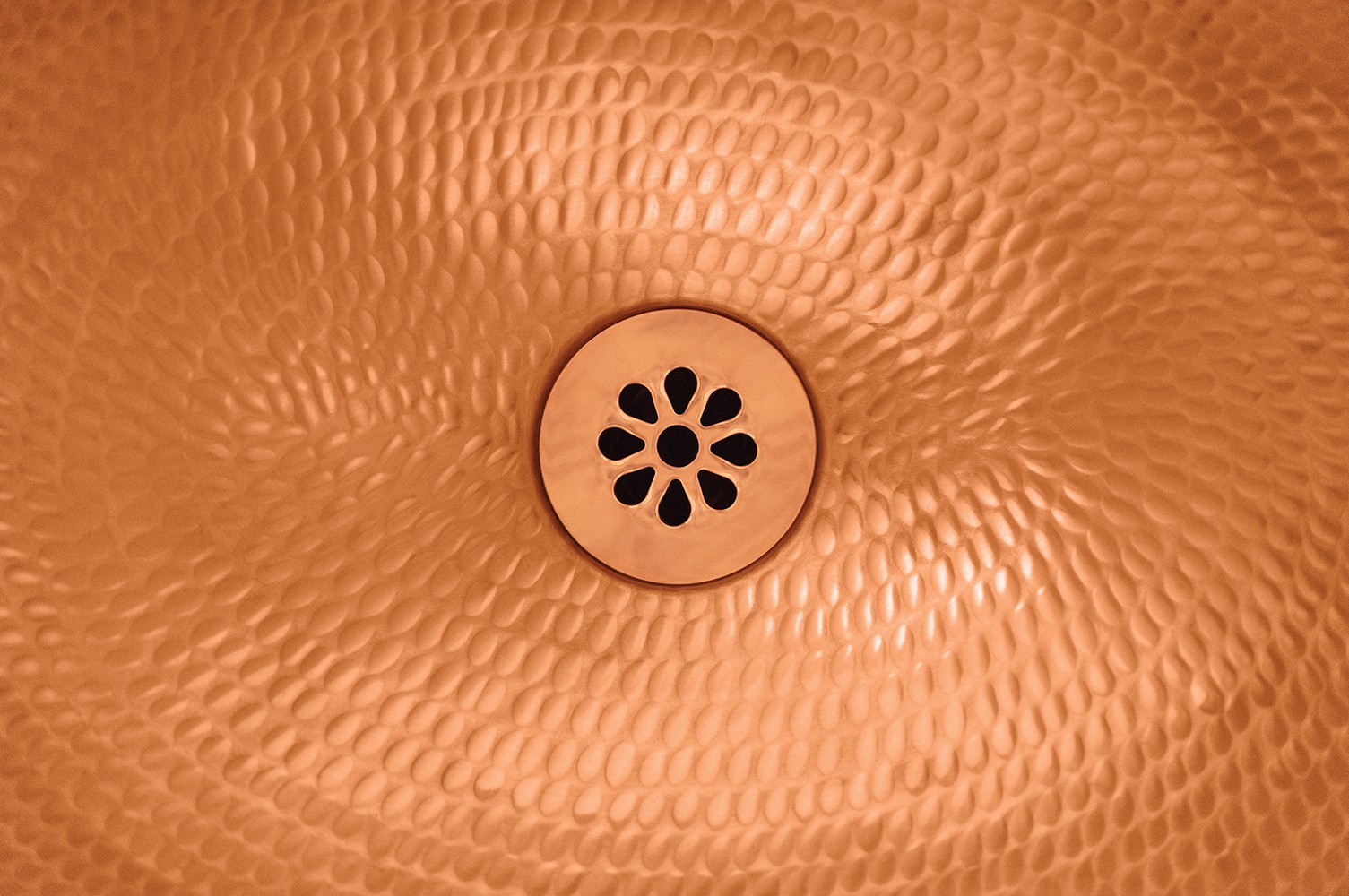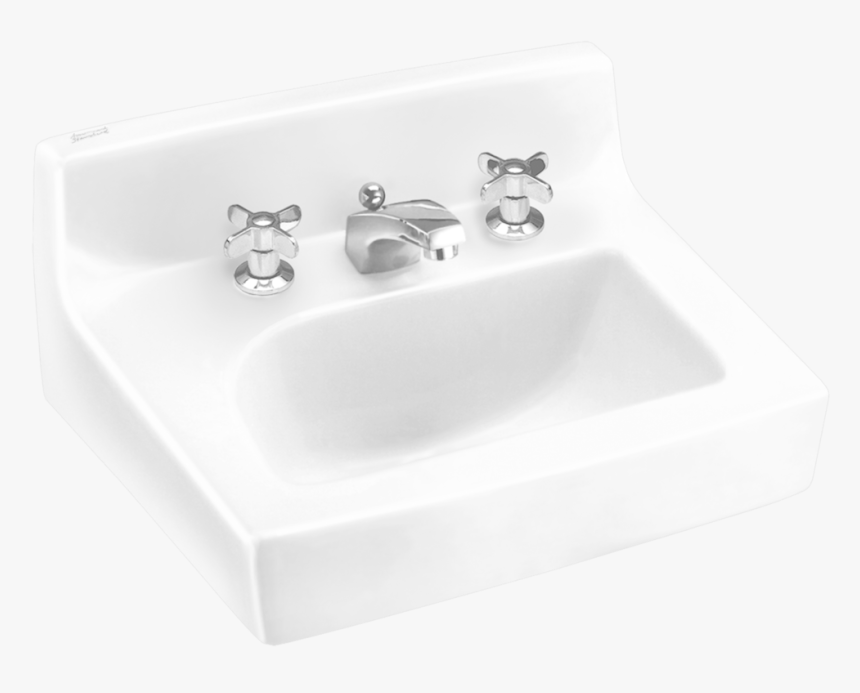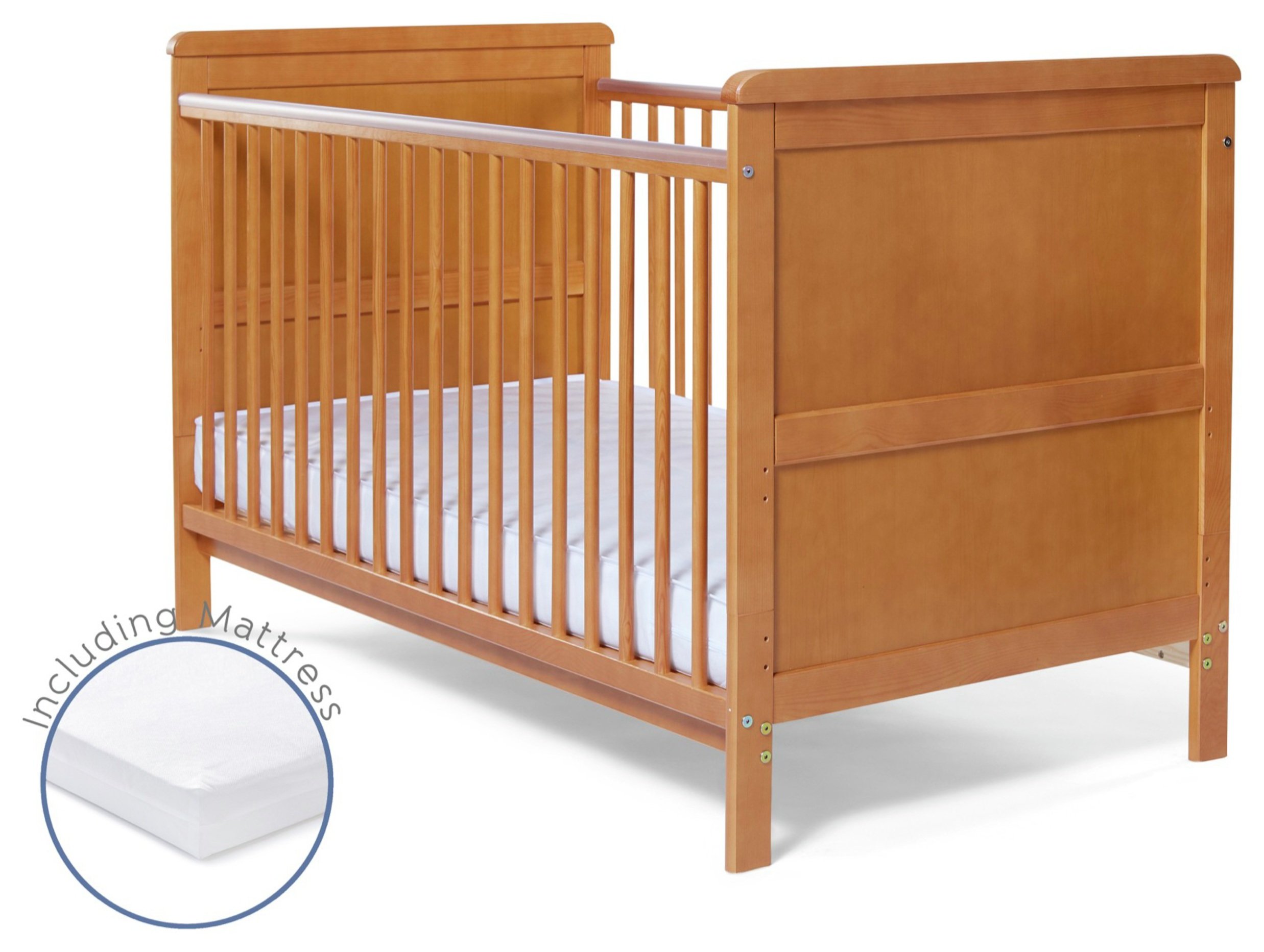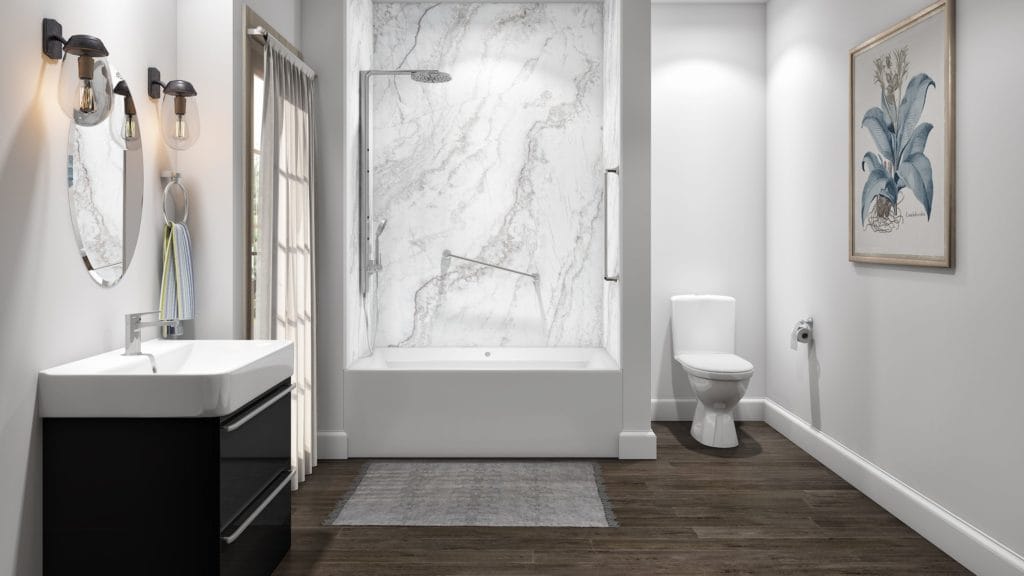Are you planning to install a new bathroom sink or renovate your existing one? You may be wondering if bathroom sinks need to be vented. The answer is yes. Properly venting your bathroom sink is essential for maintaining a healthy and functional plumbing system. In this article, we will discuss the importance of venting bathroom sinks and how to do it properly.Do Bathroom Sinks Need to Be Vented?
Venting a bathroom sink helps to prevent various plumbing issues such as clogs, slow drainage, and unpleasant odors. When water flows down the sink drain, it creates a vacuum that can slow down or stop the flow of water. Venting allows air to flow through the pipes, equalizing the pressure and ensuring smooth drainage.Why Do Bathroom Sinks Need to Be Vented?
There are a few ways to vent a bathroom sink. The most common method is to install an air admittance valve (AAV) under the sink. AAVs are one-way valves that allow air to enter the plumbing system but prevent sewer gases from escaping into your home. They are easy to install and can be placed under the sink or behind the wall. Another option is to connect the sink drain to the main vent stack or a secondary vent pipe. This method is more complex and may require professional plumbing services. However, it is a more effective way to ensure proper venting for your bathroom sink.How to Vent a Bathroom Sink
Venting your bathroom sink is crucial for maintaining a healthy and functional plumbing system. Without proper venting, sewer gases can build up in your pipes and enter your home, causing unpleasant odors. It can also lead to slow drainage and clogs, which can be a headache to deal with. In addition, venting is required by building codes to ensure the safety and efficiency of your plumbing system. Neglecting to vent your bathroom sink can result in costly repairs and even health hazards. Therefore, it is essential to make sure your bathroom sink is properly vented.Importance of Venting Bathroom Sinks
As mentioned earlier, unvented bathroom sinks can lead to various plumbing issues. Slow drainage is a common problem that can occur when there is no proper venting. It can be frustrating to wait for the sink to drain after each use, and it can also lead to the accumulation of bacteria and mold in the pipes. Clogs are another common issue with unvented bathroom sinks. When the water flow is disrupted due to a lack of venting, hair, soap scum, and other debris can get trapped and form clogs. These clogs can be challenging to remove and may require professional plumbing services.Common Problems with Unvented Bathroom Sinks
Properly venting your bathroom sink involves ensuring that there is a direct path for air to enter the plumbing system. This can be achieved by installing an AAV or connecting the sink drain to a vent stack or secondary vent pipe. It is essential to consult a professional plumber to determine the best venting method for your specific plumbing system.Proper Venting for Bathroom Sinks
In most cases, you will need a permit to vent a bathroom sink. Building codes require proper venting for all plumbing fixtures, including bathroom sinks. It is essential to check with your local building department to determine the specific requirements and regulations for venting in your area.Do You Need a Permit to Vent a Bathroom Sink?
There are a few types of vents that can be used for bathroom sinks. The most common is the AAV, which is a simple and cost-effective option. Other options include a vent stack, which is a vertical pipe that connects to the main vent stack, and a secondary vent pipe, which connects the sink drain to a vent pipe that runs through the roof.Types of Bathroom Sink Vents
Installing a bathroom sink vent may require professional plumbing services. However, if you have experience with plumbing, you may be able to install an AAV yourself. The AAV should be installed as close to the sink drain as possible, and it should be placed higher than the drain to ensure proper venting. If you are connecting the sink drain to a vent stack or secondary vent pipe, it is best to consult a professional plumber to ensure proper installation and avoid any potential issues in the future.How to Install a Bathroom Sink Vent
Properly venting your bathroom sink has several benefits. It helps to prevent clogs, slow drainage, and unpleasant odors, ensuring a functional and healthy plumbing system. It also ensures that your plumbing system meets building codes, avoiding any potential issues with inspections. Additionally, venting your bathroom sink can save you money in the long run by preventing costly repairs. In conclusion, bathroom sinks do need to be vented for various reasons. Proper venting is crucial for maintaining a healthy and functional plumbing system and is required by building codes. It is essential to consult a professional plumber to determine the best venting method for your specific plumbing system. Don't neglect venting your bathroom sink, and enjoy a hassle-free plumbing experience. Benefits of Properly Vented Bathroom Sinks
Why Proper Ventilation is Essential for a Bathroom Sink

The Importance of Proper Ventilation in a Bathroom
 When it comes to designing a house, the bathroom is often one of the most overlooked areas. However, it is important to pay attention to the details in this space, especially when it comes to proper ventilation. This is particularly important for a bathroom sink, as it is constantly exposed to moisture and can easily become a breeding ground for bacteria and mold.
Proper ventilation not only helps maintain a clean and healthy bathroom environment, but it also prevents potential structural damage to your home.
When it comes to designing a house, the bathroom is often one of the most overlooked areas. However, it is important to pay attention to the details in this space, especially when it comes to proper ventilation. This is particularly important for a bathroom sink, as it is constantly exposed to moisture and can easily become a breeding ground for bacteria and mold.
Proper ventilation not only helps maintain a clean and healthy bathroom environment, but it also prevents potential structural damage to your home.
Why Do Bathroom Sinks Need to be Vented?
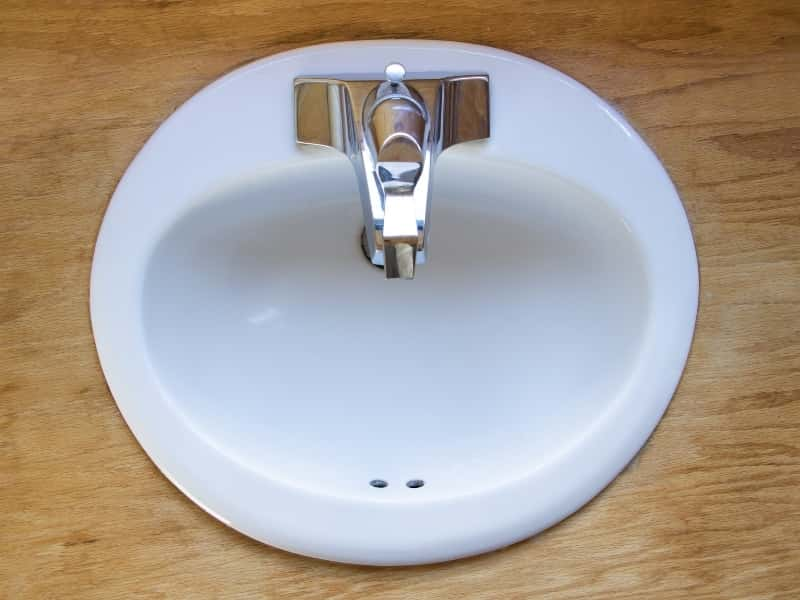 The main purpose of ventilation in a bathroom sink is to remove excess moisture from the air. When you use the sink, water splashes onto the surface and creates steam, which can easily build up in the small and confined space of a bathroom. This moisture can lead to the growth of harmful bacteria and mold, which not only creates an unpleasant smell but can also cause health issues.
Ventilation helps to prevent this buildup of moisture, keeping your bathroom clean and hygienic.
The main purpose of ventilation in a bathroom sink is to remove excess moisture from the air. When you use the sink, water splashes onto the surface and creates steam, which can easily build up in the small and confined space of a bathroom. This moisture can lead to the growth of harmful bacteria and mold, which not only creates an unpleasant smell but can also cause health issues.
Ventilation helps to prevent this buildup of moisture, keeping your bathroom clean and hygienic.
The Consequences of Poor Ventilation
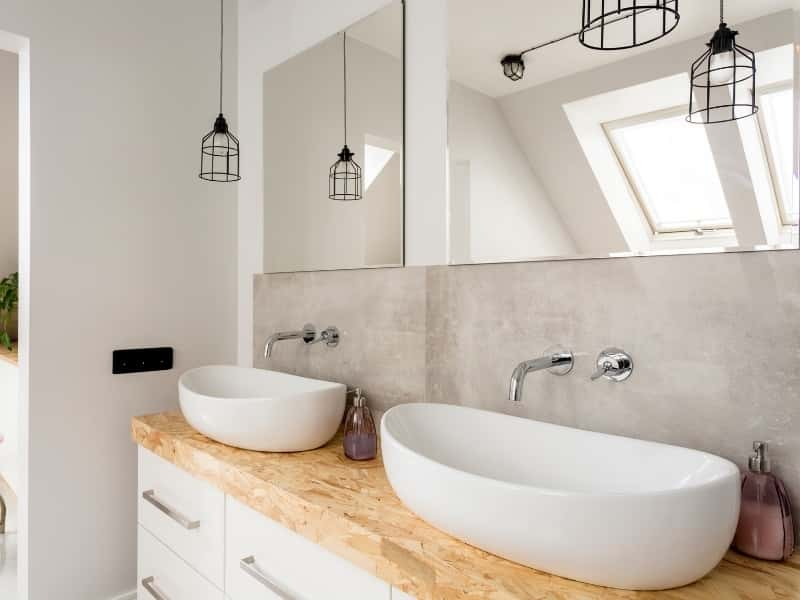 Without proper ventilation, the excess moisture in your bathroom can create a host of problems. First and foremost, it can lead to the growth of mold and mildew, which not only looks unsightly but can also cause respiratory problems and aggravate allergies. In addition, the excess moisture can cause damage to your walls, floors, and even the structural integrity of your home.
Proper ventilation helps to prevent these issues, saving you from costly repairs and ensuring the longevity of your home.
Without proper ventilation, the excess moisture in your bathroom can create a host of problems. First and foremost, it can lead to the growth of mold and mildew, which not only looks unsightly but can also cause respiratory problems and aggravate allergies. In addition, the excess moisture can cause damage to your walls, floors, and even the structural integrity of your home.
Proper ventilation helps to prevent these issues, saving you from costly repairs and ensuring the longevity of your home.
The Different Types of Bathroom Sink Ventilation
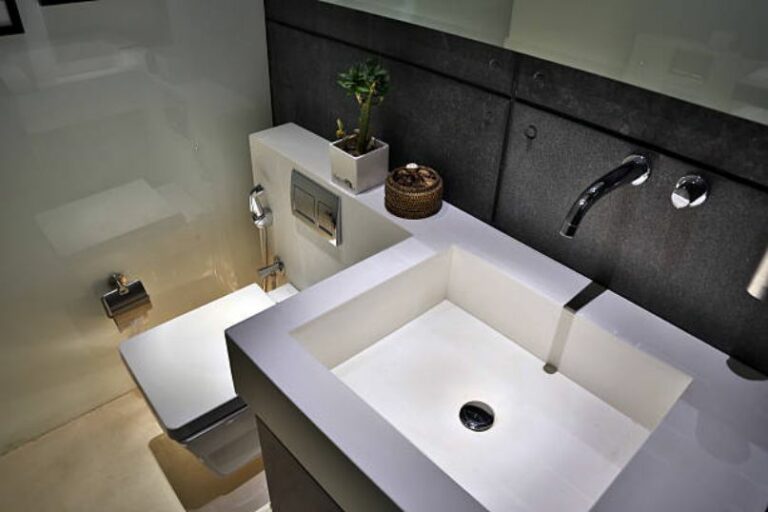 There are several options for venting a bathroom sink, each with their own benefits. The most common type is a mechanical exhaust fan, which helps to remove moisture from the air and expel it outside. Another option is a passive vent, which uses natural air flow to remove moisture. Additionally, there are integrated systems such as a combination fan and light fixture or a fan that is integrated into the sink itself.
Whichever method you choose, proper ventilation is essential for maintaining a clean and healthy bathroom.
There are several options for venting a bathroom sink, each with their own benefits. The most common type is a mechanical exhaust fan, which helps to remove moisture from the air and expel it outside. Another option is a passive vent, which uses natural air flow to remove moisture. Additionally, there are integrated systems such as a combination fan and light fixture or a fan that is integrated into the sink itself.
Whichever method you choose, proper ventilation is essential for maintaining a clean and healthy bathroom.
In Conclusion
 In the grand scheme of house design, proper ventilation may seem like a minor detail. However, when it comes to the bathroom sink, it is a crucial aspect that should not be overlooked.
Proper ventilation helps to prevent the growth of harmful bacteria and mold, as well as potential damage to your home. Whether you opt for a mechanical exhaust fan or a passive vent, make sure to prioritize ventilation in your bathroom sink for a cleaner and healthier living space.
In the grand scheme of house design, proper ventilation may seem like a minor detail. However, when it comes to the bathroom sink, it is a crucial aspect that should not be overlooked.
Proper ventilation helps to prevent the growth of harmful bacteria and mold, as well as potential damage to your home. Whether you opt for a mechanical exhaust fan or a passive vent, make sure to prioritize ventilation in your bathroom sink for a cleaner and healthier living space.



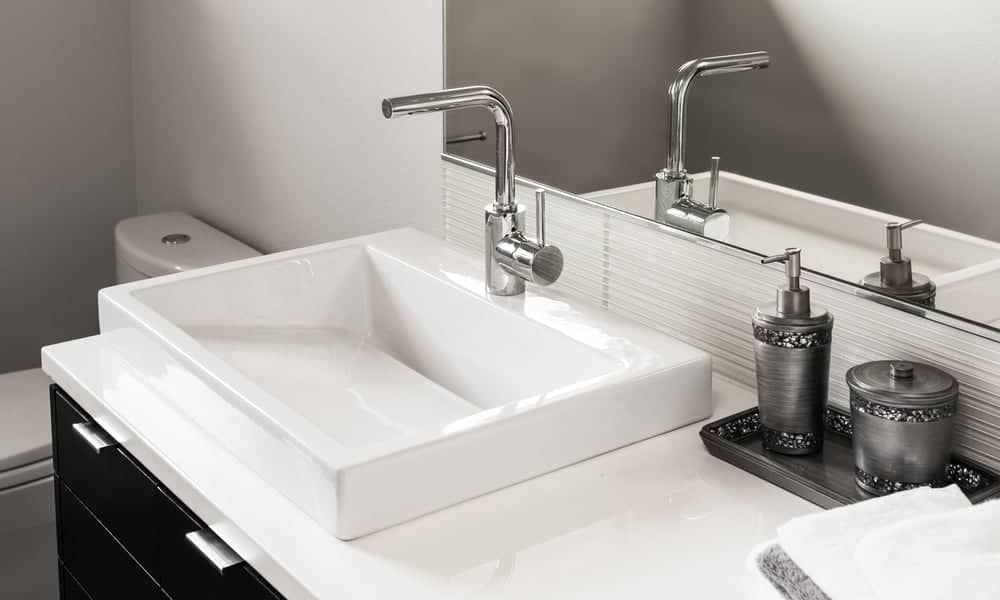
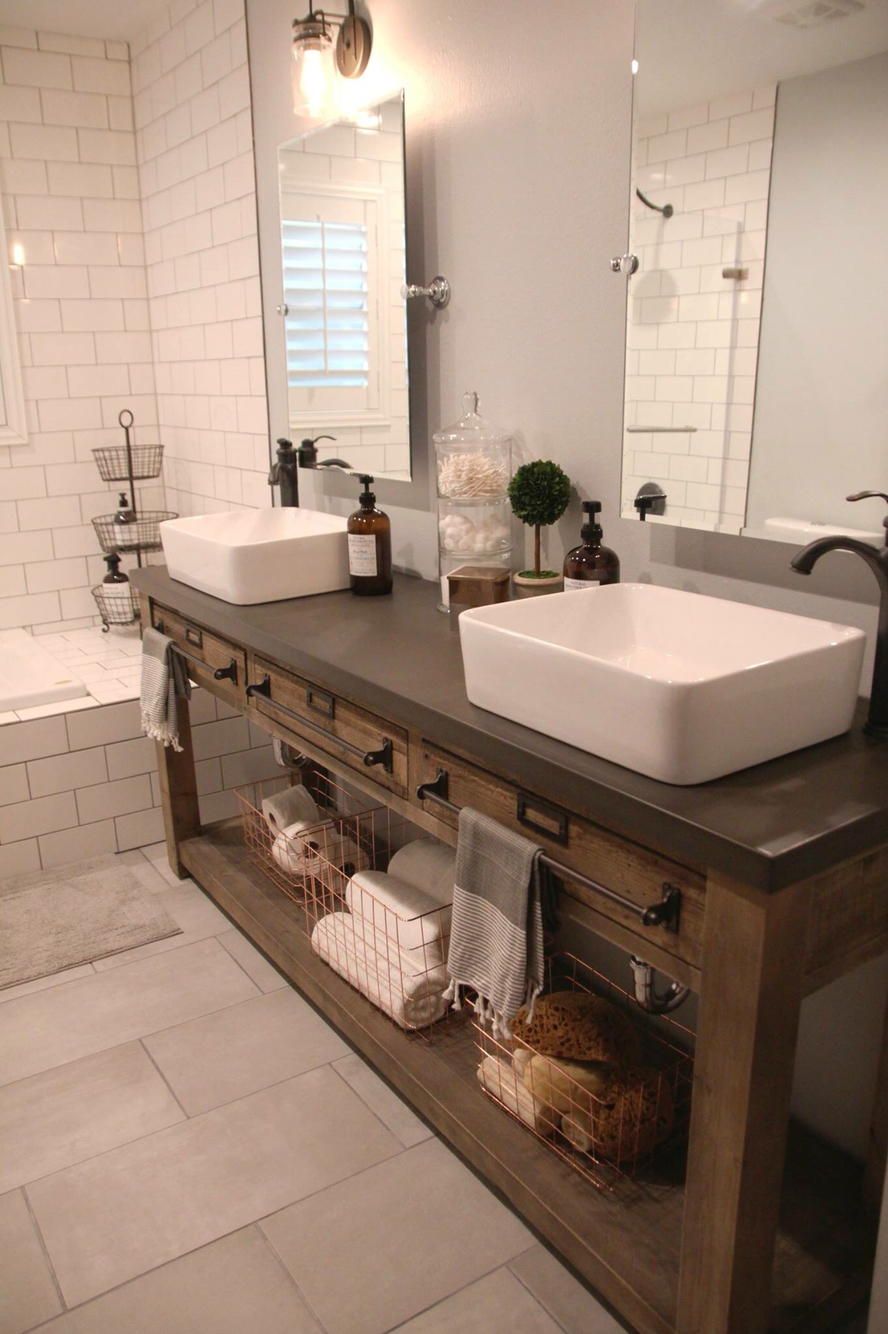



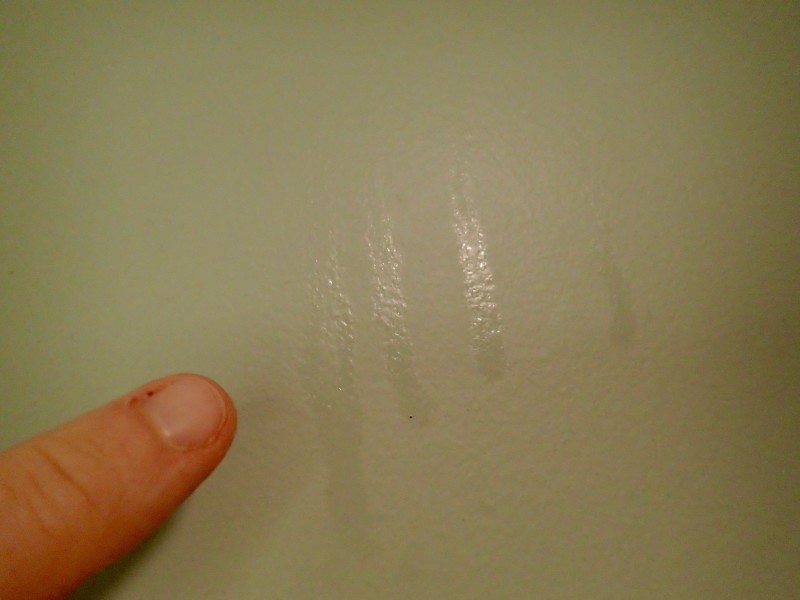

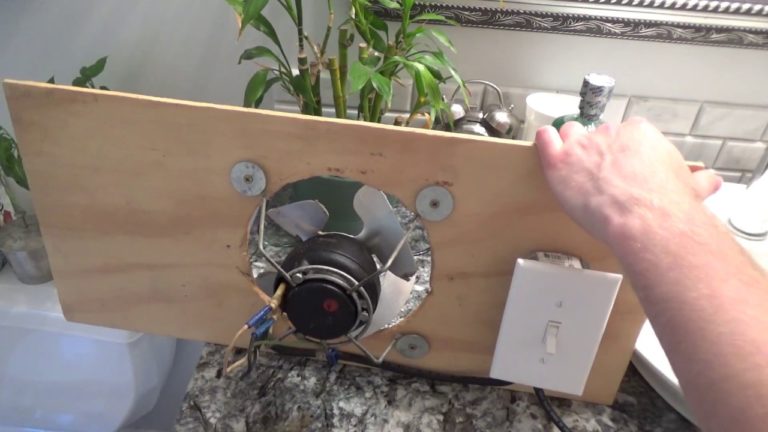





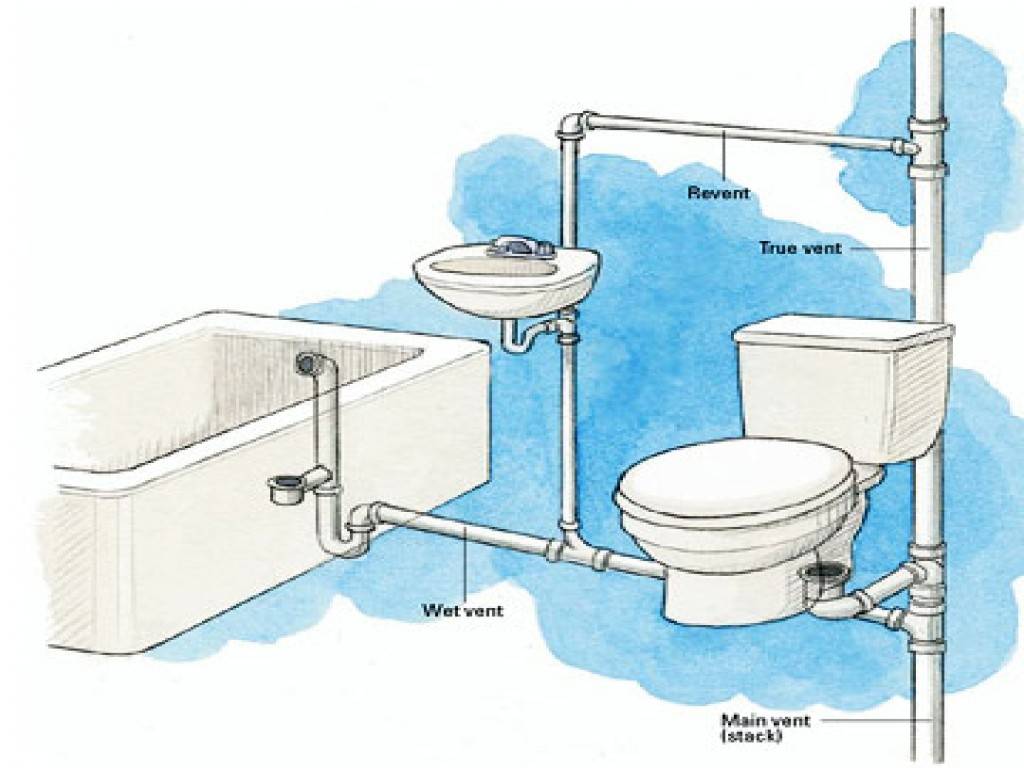





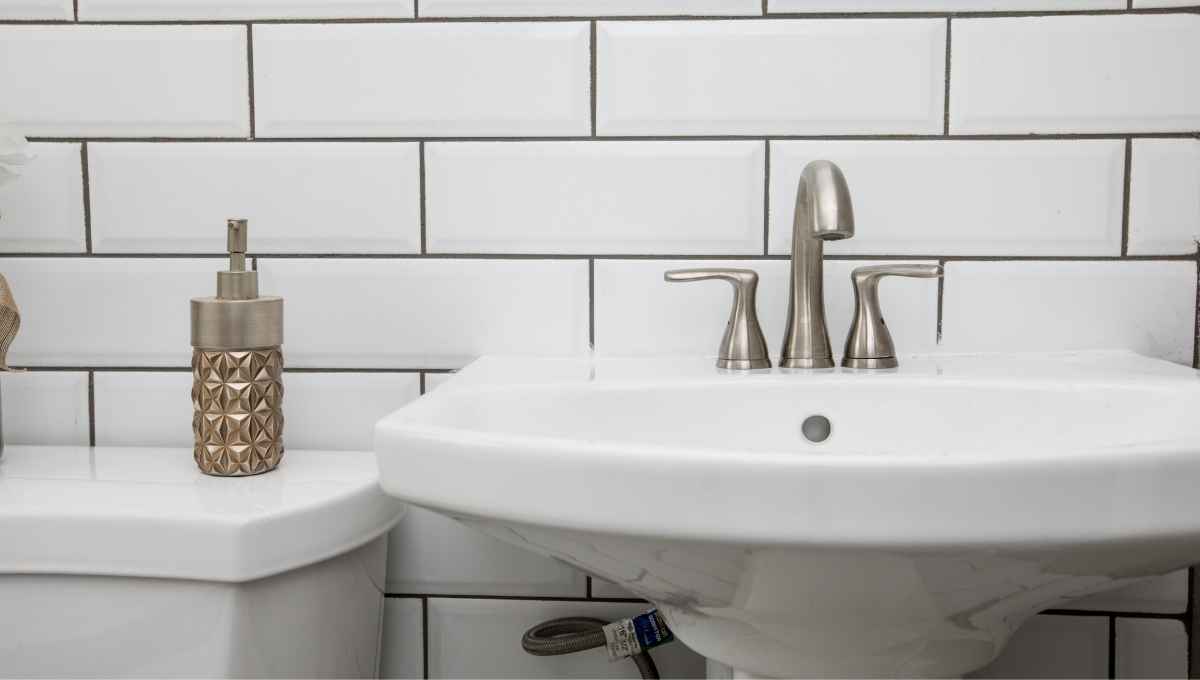









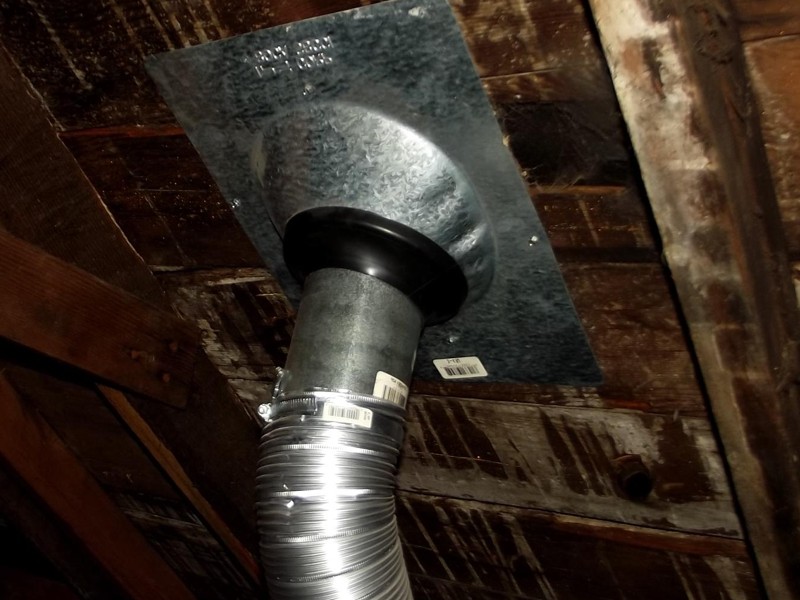








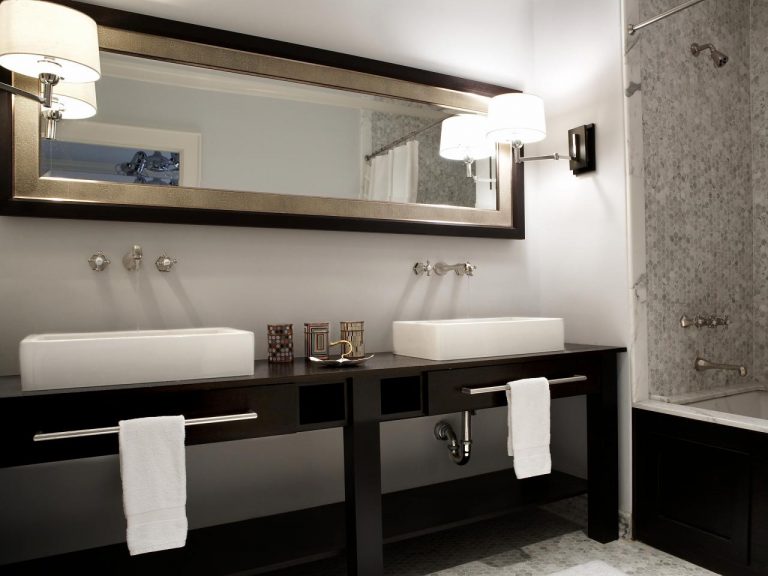
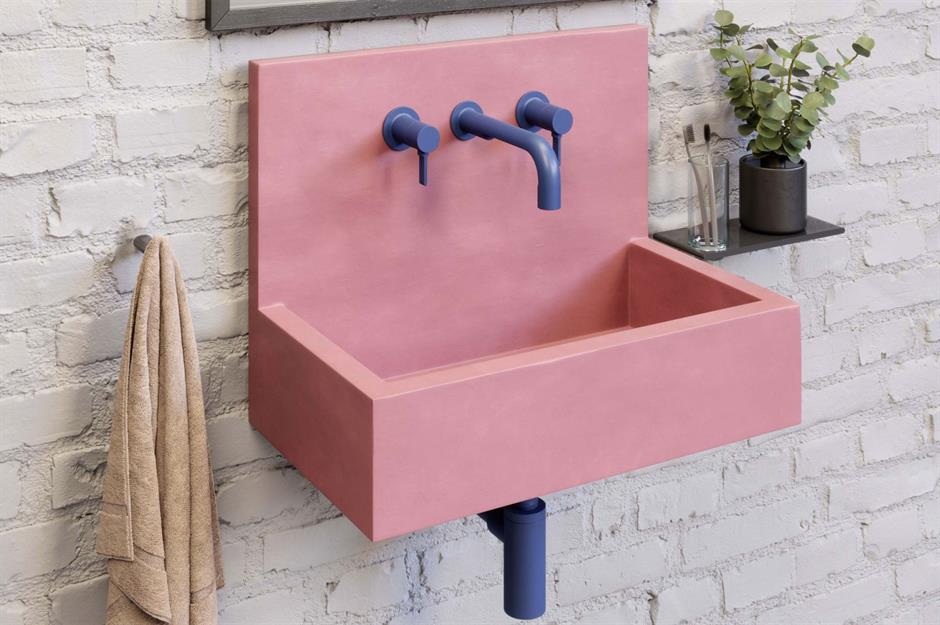
















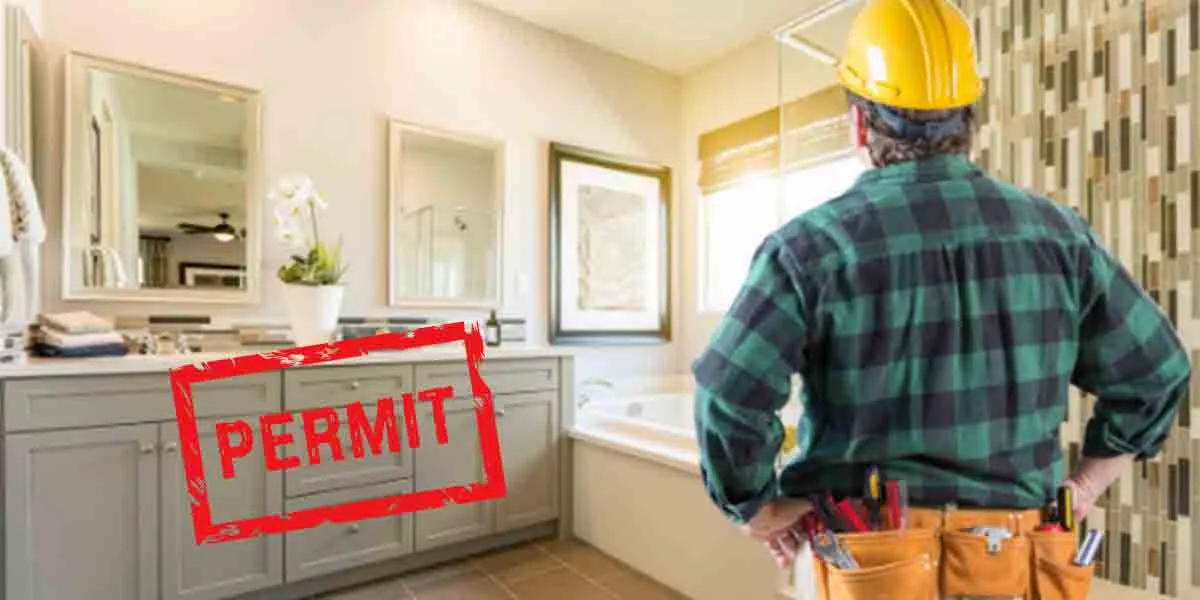




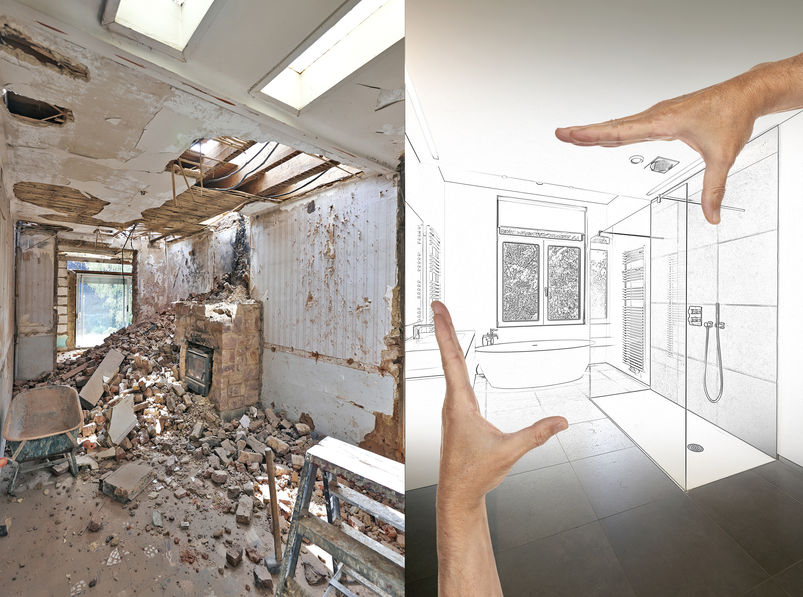
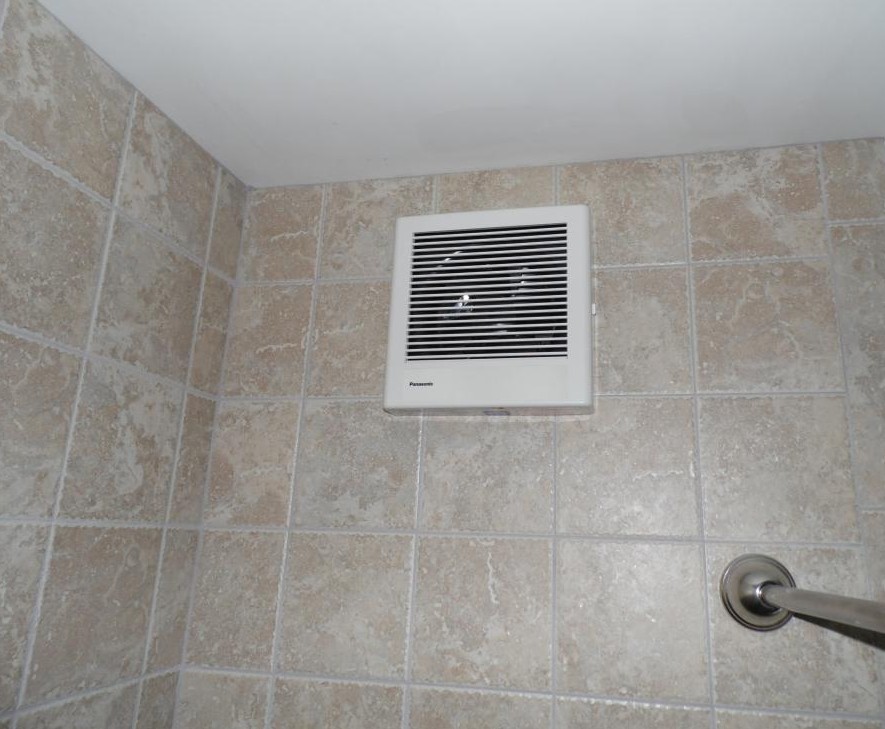
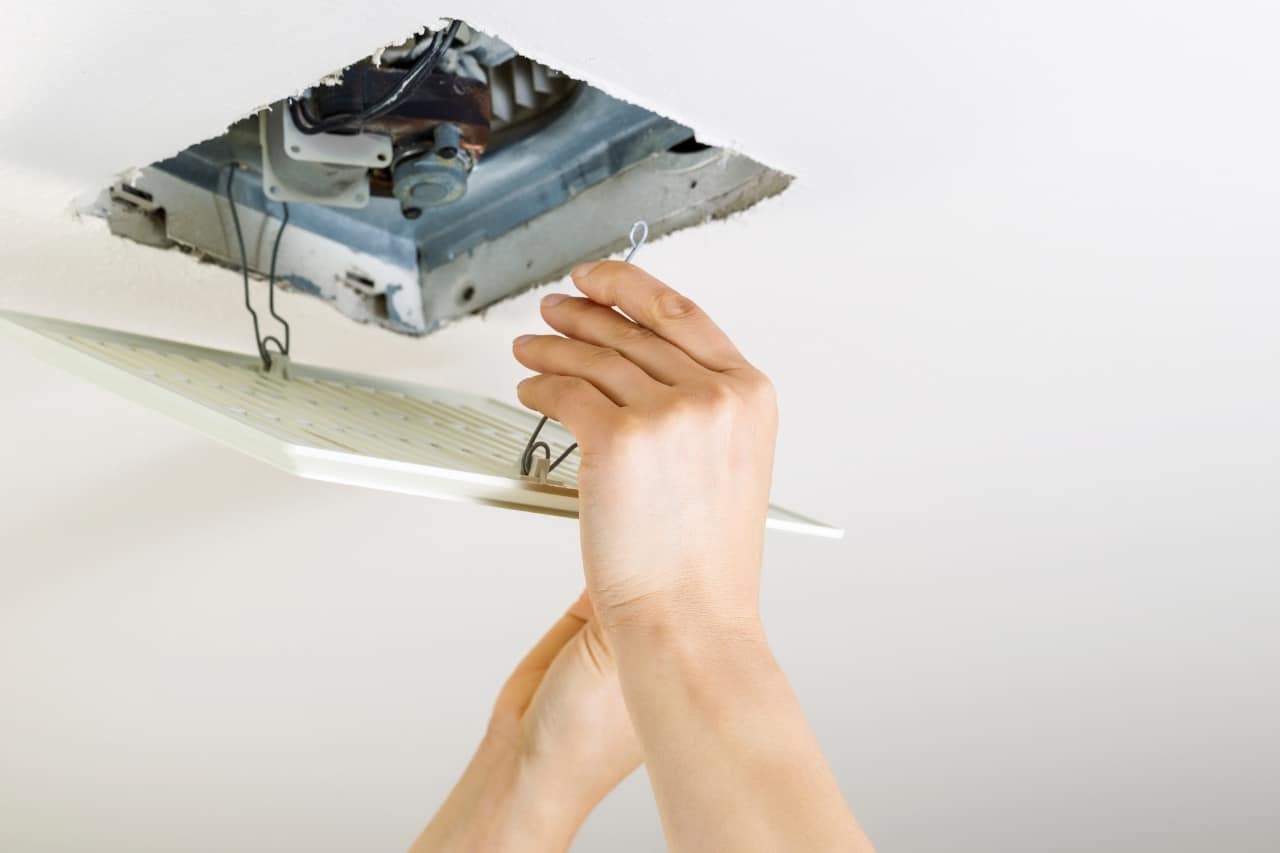


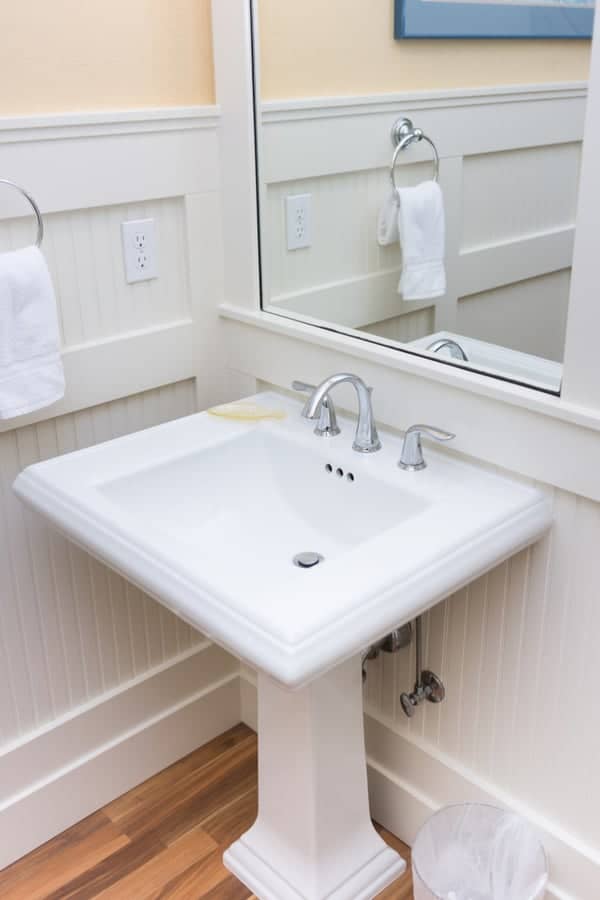




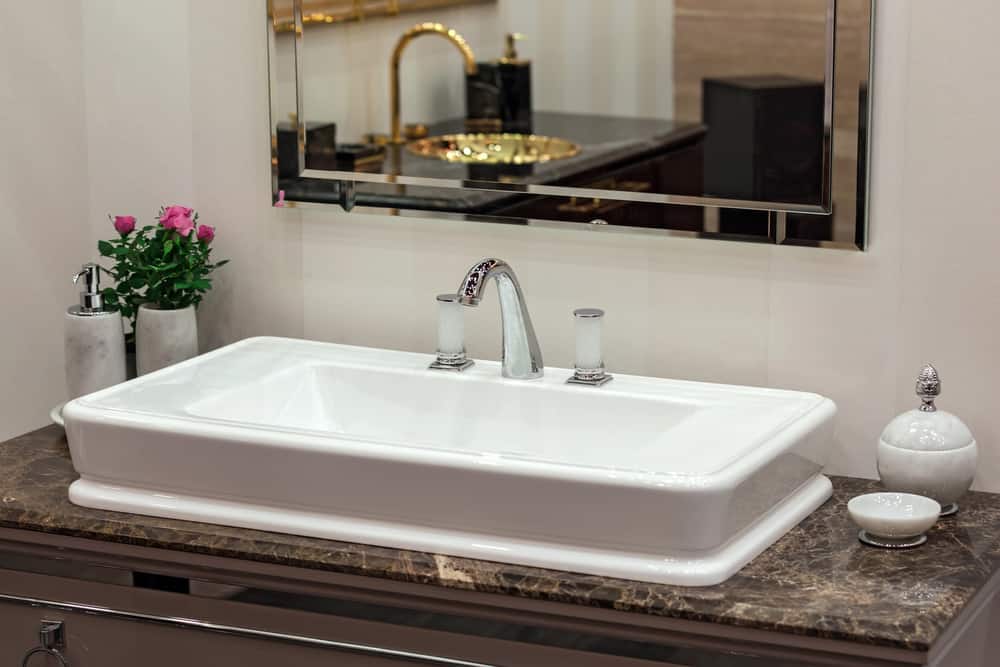
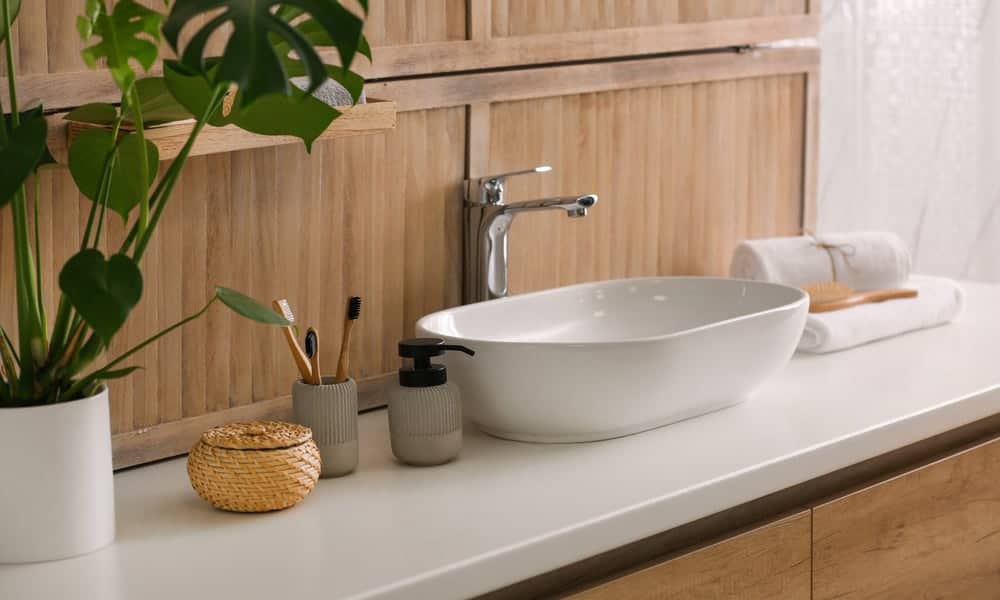
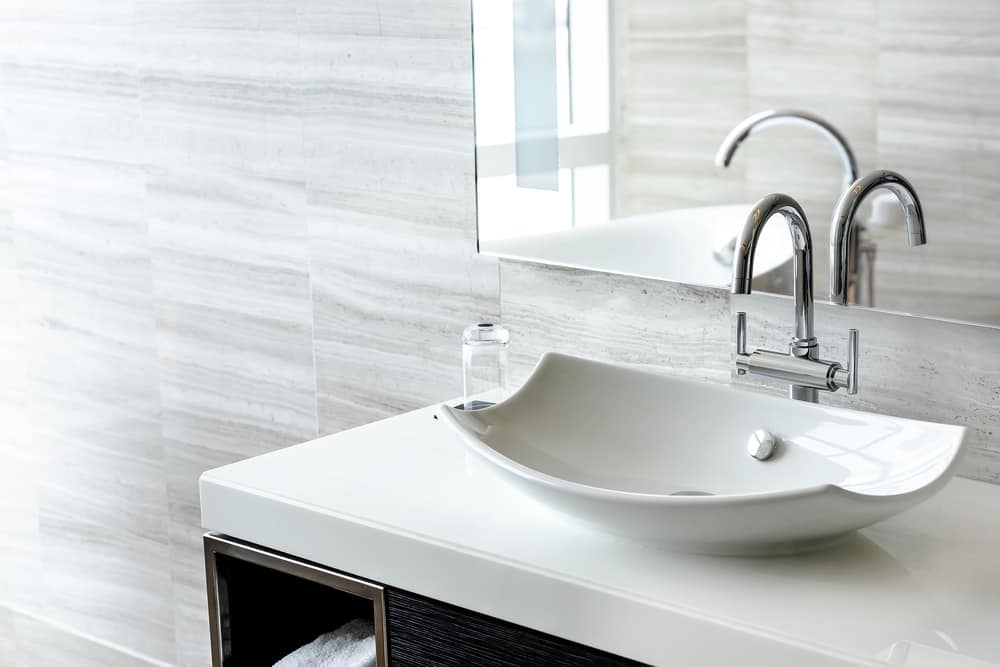
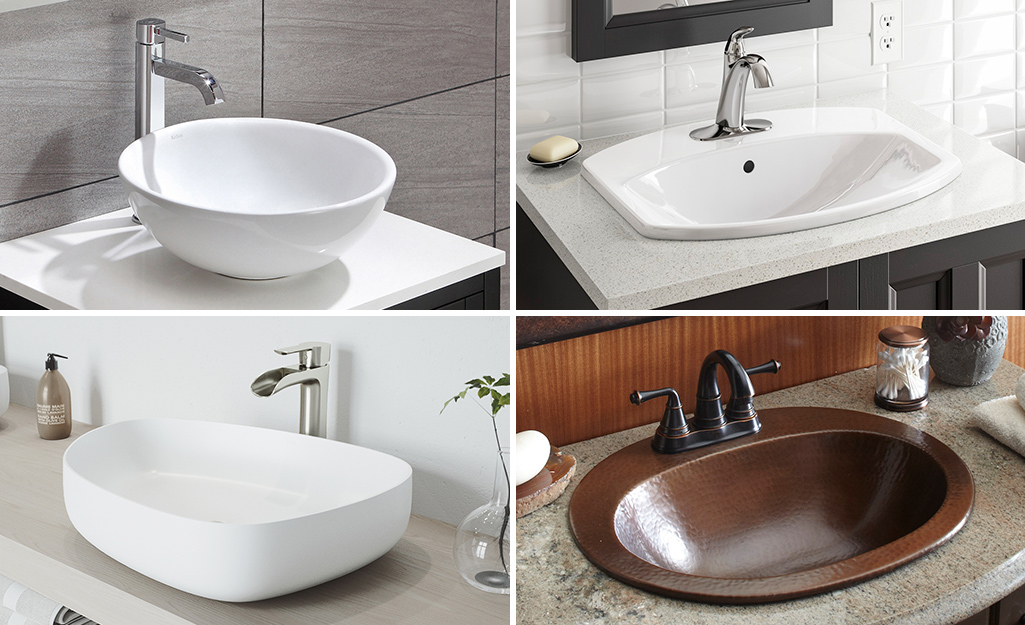
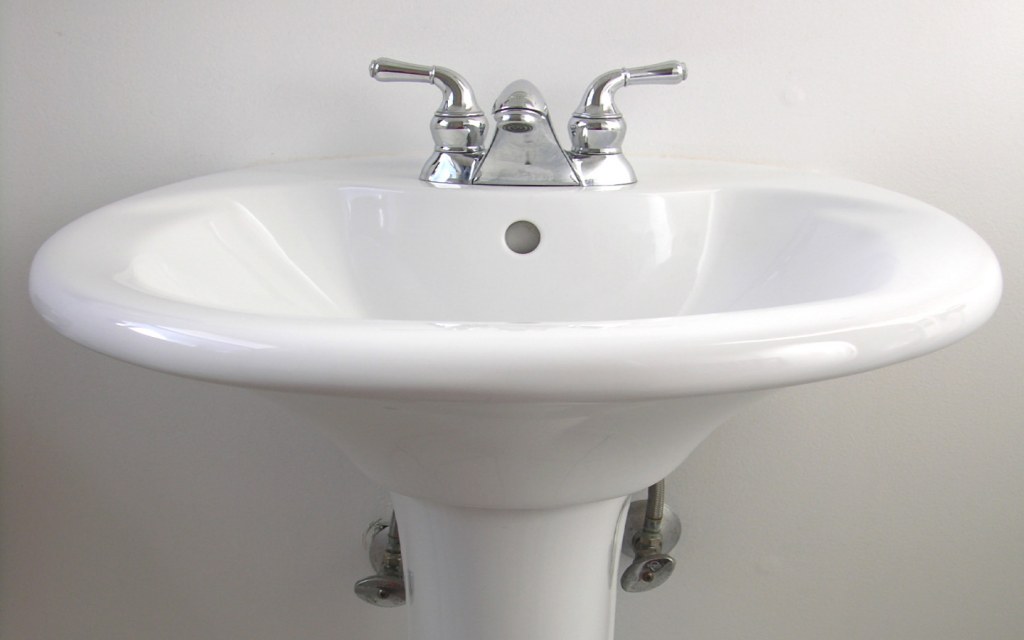
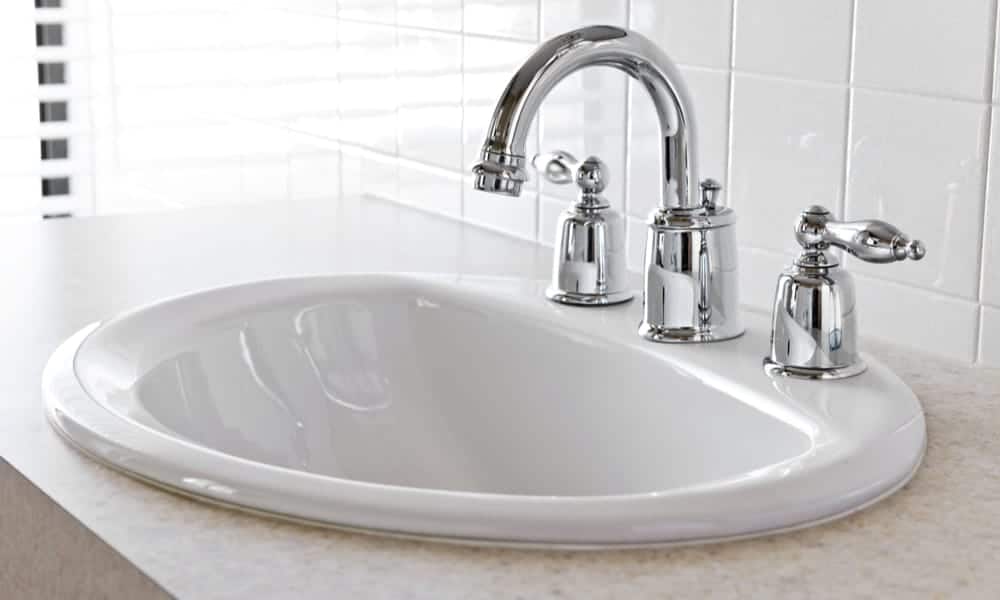




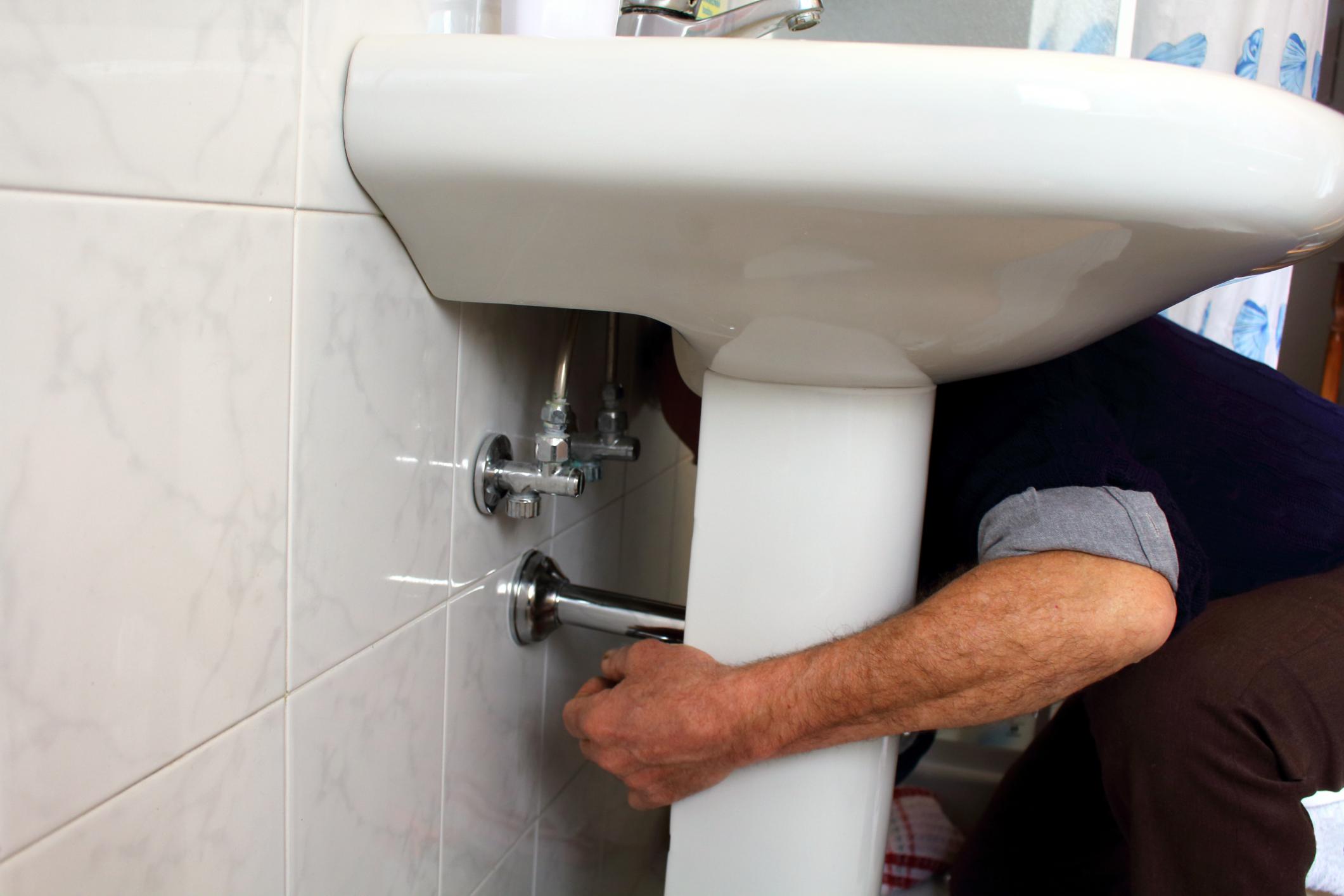
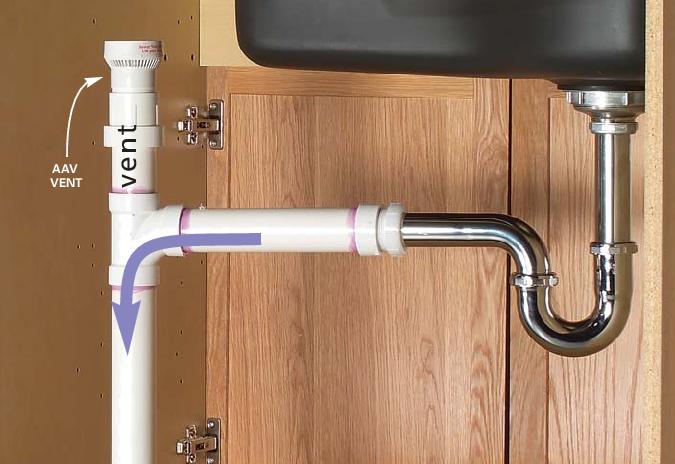

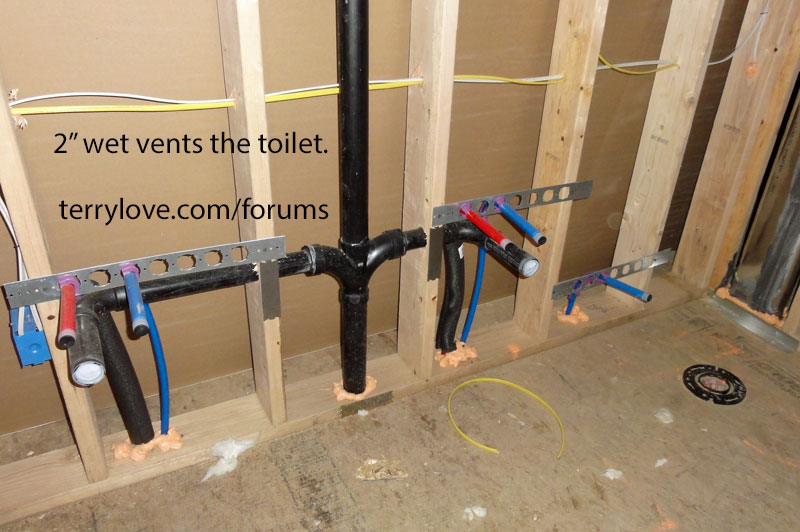


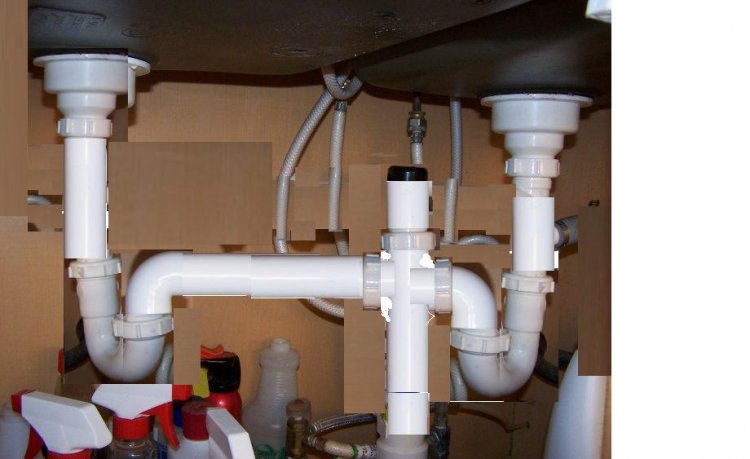
:max_bytes(150000):strip_icc()/venting-sink-diagram-f8f9759a-1047c08369d24101b00c8340ba048950.jpg)


